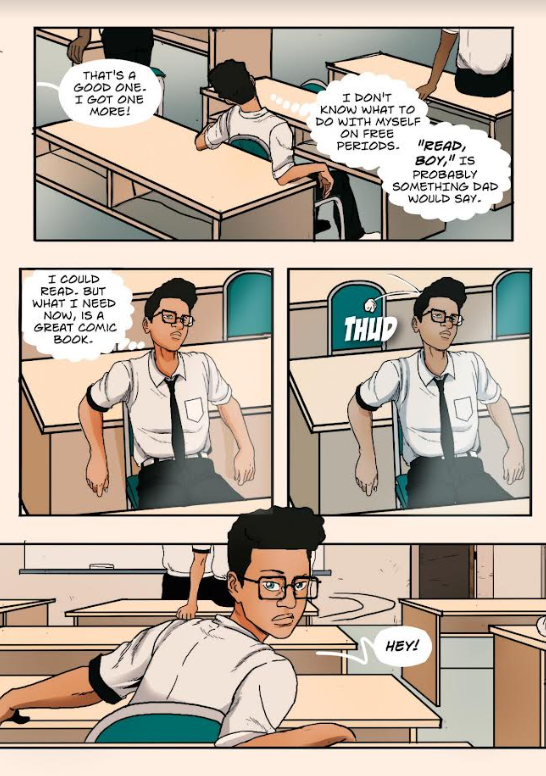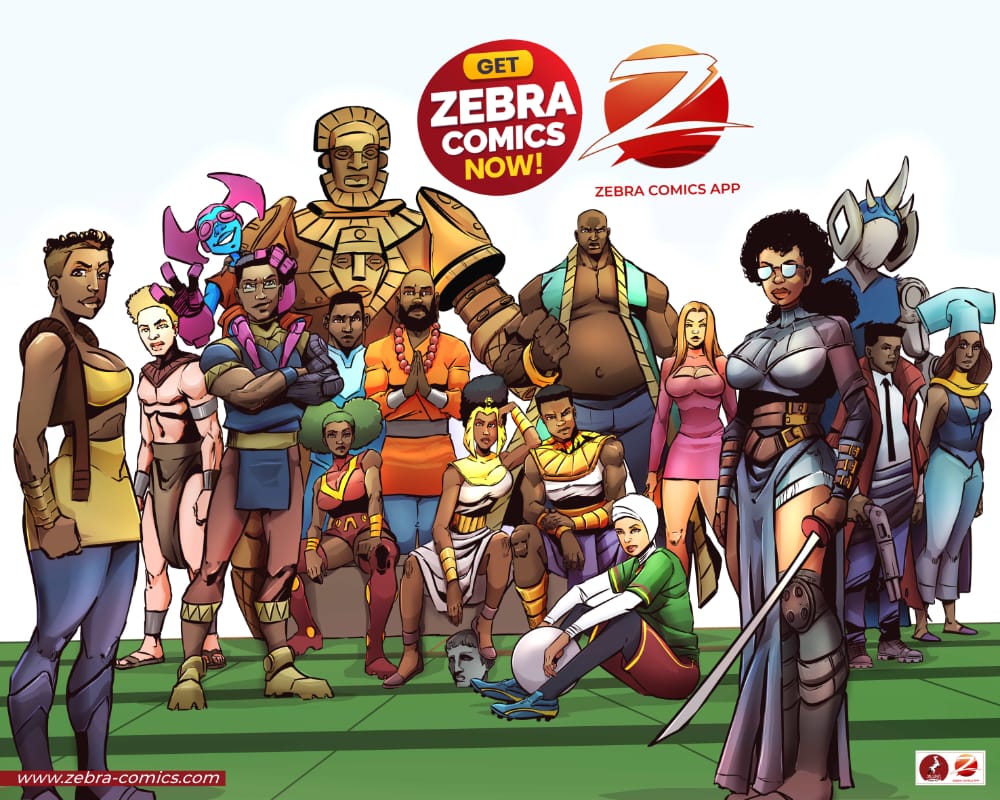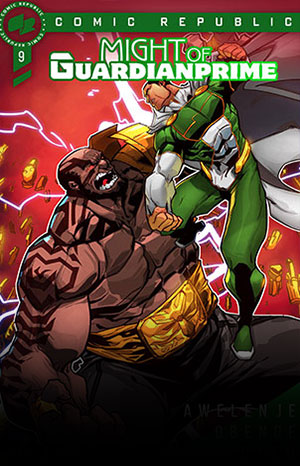Every comic book reader understands the power of a good story. But did you know that comics can be used for more than just entertainment? Comics have been proven to help children learn and retain information better in educational settings. In fact, research has found that using comics as an educational tool helps increase student engagement and comprehension while also boosting motivation levels!
In recent years, educators have begun to recognize the potential of using comics as instructional tools in classrooms. Comics provide students with a fun way to explore new topics or ideas without feeling overwhelmed by dense text. Comics provide students with visual representations of complex concepts, allowing them to better understand difficult material while having fun at the same time. The use of visuals such as illustrations and panels makes it easier for students to comprehend these concepts quickly, which increases their interest in learning more about the topic at hand. This is especially helpful when introducing young learners to difficult subjects like math or science! By leveraging familiar characters from popular titles like Marvel or DC Comics, teachers can make learning more enjoyable for their students while helping them retain information more effectively than traditional methods alone could achieve.

For older students who may struggle with reading fluency or literacy skills, incorporating graphic novels into lesson plans can make it easier for them to grasp key concepts without feeling embarrassed about needing extra help understanding written material. Additionally, many educators believe that teaching through visual storytelling is beneficial because it encourages critical thinking skills from an early age—something essential for success later on in life!
Additionally, comic book stories often feature protagonists who face challenging situations – making them perfect vehicles for teaching valuable life lessons such as problem-solving skills without being overly didactic or preachy. With its combination of visuals and narrative storytelling techniques, reading comics can help foster creativity among young minds by encouraging kids, and adults alike, to think outside the box when it comes to tackling tough problems they may encounter throughout their lives!
The above looks all rosy and full of praise. However, let’s be fair, the picture is not always entirely gleeful. Using comics for educational purposes can have its downsides, making it not always suitable for the classroom. The following are therefore some inconveniences one can experience when using comics for educational purposes.

Comics contain violence or mature content which could be inappropriate for younger audiences or certain classroom settings where such topics should not be discussed openly due to school policies or age appropriateness considerations. Additionally, graphic novels can sometimes contain language unsuitable for children, making it important that educators carefully vet any materials before introducing them into their lesson plans.
Although there are certainly benefits from using comic books in education – such as fostering creative thinking skills – these advantages might only apply if students actively engage with the text instead of simply skimming through pictures without taking time to absorb what they ‘re seeing. If this happens, then just like any other type of reading assignment, students won’t get full benefit out of studying comic book materials.
While there may still exist potential benefits from utilizing comics within academic curriculums, educators need to consider both positive and negative aspects before doing so to ensure the best possible learning environment for their pupils. Nevertheless, Comics are not only great sources of entertainment but they’re also powerful tools when used correctly within an educational setting! So if you’re looking for ways to spice up your lesson plan this year then consider adding some comic books into the mix—you won’t regret it!.




